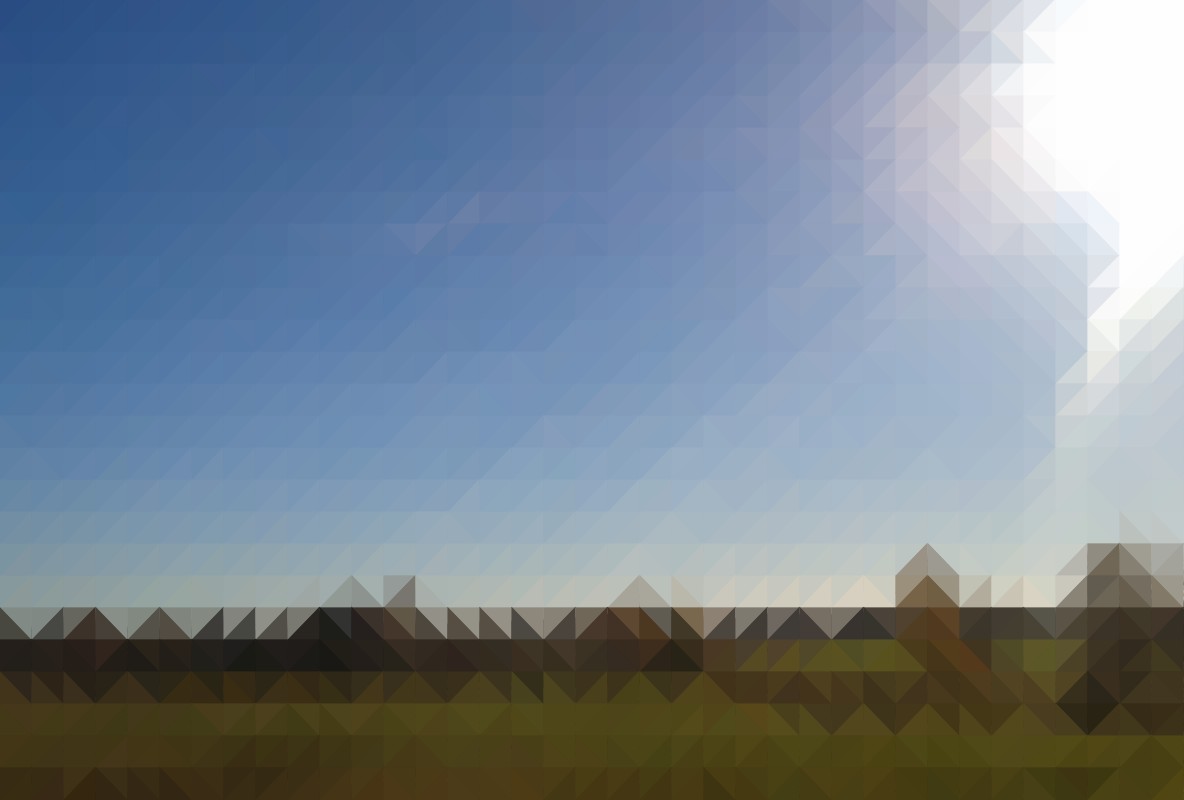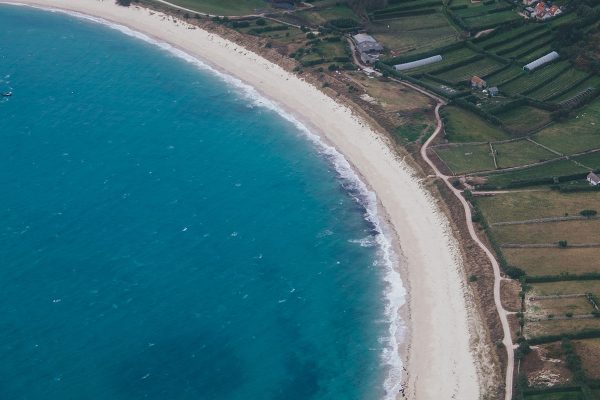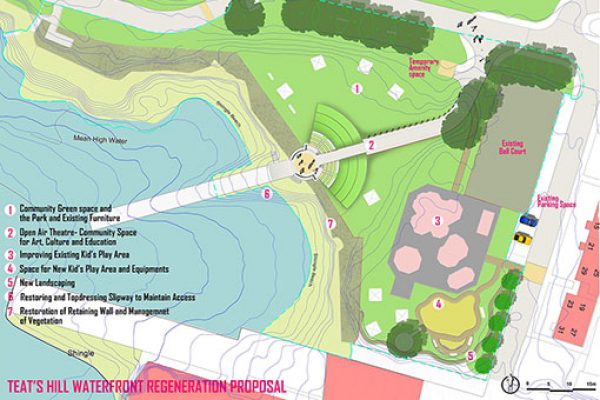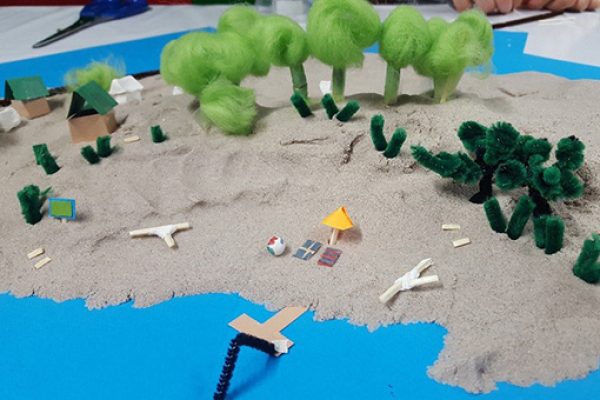Heading for the woods
How do you make complex, international and multi-scale data sets work together? Head for the woods of course!
With BlueHealth data coming in across spatial scales, broad themes, and different countries, we face the unenviable task of integrating findings from vastly different sources and formats.
To begin to address this challenge, a small BlueHealth team from the University of Exeter and Estonian University of Life Sciences recently met at a remote farmhouse in the heart of rural Latvia.
Greeted by a frosty morning and sun rising through sparkling mist, our task for the weekend was to decide how to assimilate data from the BlueHealth survey, softGIS platform, community-level surveys, behavioural observation tools, and environmental assessment tools.
In each of these methods, many of the same things have been measured, which allows us to test whether relationships between blue spaces and health exist at the global, national, city, and site-specific level.
Our community intervention in Plymouth was used as a working example, with Teats Hill reflecting the micro-level; Plymouth City’s Soft-GIS data representing the meso-level; the UK’s BIS data reflecting the macro-level; and the EU’s BIS data representing the meta-level.
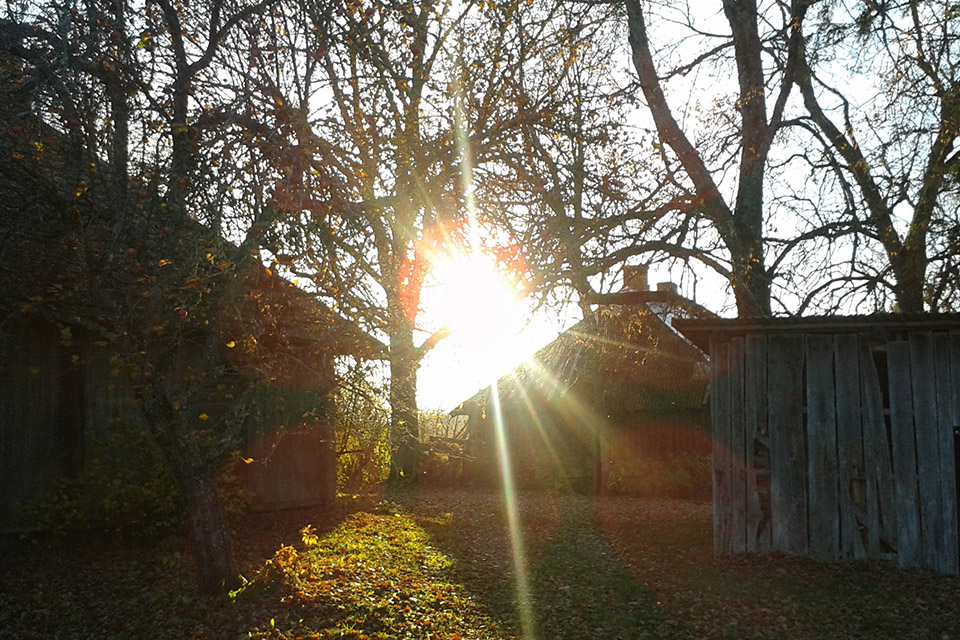
Home for the weekend.
It was three days filled with valuable discussions, brainstorming, knowledge sharing, and data exploration. With the loudest sound in the Latvian forest coming from sparrows flitting in the trees, we could fully immerse ourselves within the BlueHealth project.
The result was a far richer understanding of the data, its possibilities, and concrete plans for outputs. The farm turned out to be the perfect location for this essential collaborative work, providing no distractions except for restorative views of a gorgeous natural environment.
Our host, Simon Bell, kept us warm with the birch wood stove, some hearty Latvian stews, and tales of Baltic state history. We all agreed that working intensely on the same topic for several days was an amazing experience, helped to frame our ideas more clearly and really accelerated this body of work.

